As part of our academic journey under the African Climate and Environment Center-Future African Savannas (AFAS) program, we embarked on a pivotal excursion to the Lamto Scientific Reserve in Côte d’Ivoire. But why Lamto? Known as a “living laboratory”, the Lamto Scientific Reserve has played a crucial role in ecological research, offering unique insights into climate dynamics and ecosystem interactions in a rapidly changing environment. This excursion was not just about observation; it was an opportunity to connect theoretical knowledge with real-world ecosystems, reinforcing our commitment to evidence-based climate action, conservation, and sustainable development across Africa’s savannas. Stay tuned as we share reflections, findings, and experiences from our time in Lamto.

The Lamto Scientific Reserve: A Hub for Savanna Research
Established in 1960 by French scientists Maxime Lamotte and Jean-Luc Tournier, the Lamto Scientific Reserve has been a key site for savanna research in Côte d’Ivoire. It is located 165 km northwest of Abidjan and spans 2,613 hectares (Vuattoux et al. 2006). Its position along the Bandama River results in a mixed ecosystem, combining gallery forests and savannas, dominated by Borassus aethiopus, known as the African fan palm or Ron Palm. While the Reserve has no permanent residential communities, it is surrounded by several villages engaged in subsistence farming.
The coexistence of trees and grasses is a defining feature of all savanna ecosystems and precipitation patterns determine their stability. Sankara et al. (2005) analysed 854 African savanna sites and identified stable (average rainfall < ~650 mm/year) and unstable savannas (average rainfall > ~650 mm/year). In stable or dry savannas, low rainfall limits tree cover resulting in minimal structural or functional changes over time. Unstable or wet savannas depend on fire and herbivory to regulate vegetation dynamics. Lamto can be categorized as a wet or unstable savanna with average yearly rainfall estimated at 1200 mm (Koné, 2023). In addition, herbivores are also nearly absent. As a result, annual bush fire is crucial for the sustainable conservation of this savanna landscape to prevent tree encroachment.
Lamto’s scientific significance stems from its continuous analysis of fire behaviour throughout the years. Scientists have used controlled burns to study fire dynamics, gaining insights into how fire shapes savanna ecosystem patterns and maintains the balance between savannas and neighboring forests (Vuattoux, 1976). Scientific research conducted at Lamto over the years has significantly contributed to global knowledge on biodiversity conservation, climate change, and ecosystem resilience. Over the past few decades, research at Lamto has generated over 1,300 scientific publications, authored by more than 500 international and Ivoirian scientists (Vuattoux et al., 2006)
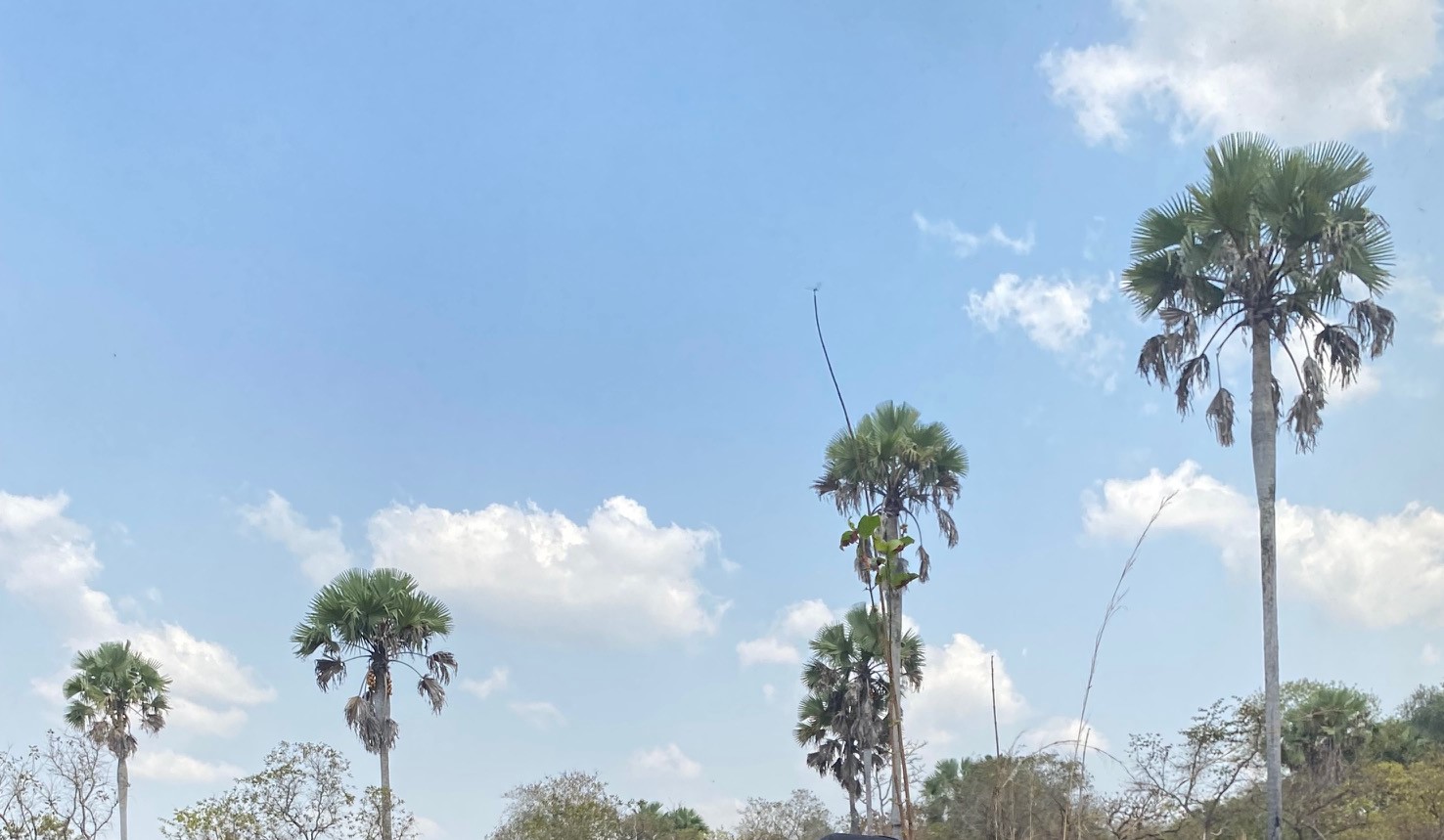
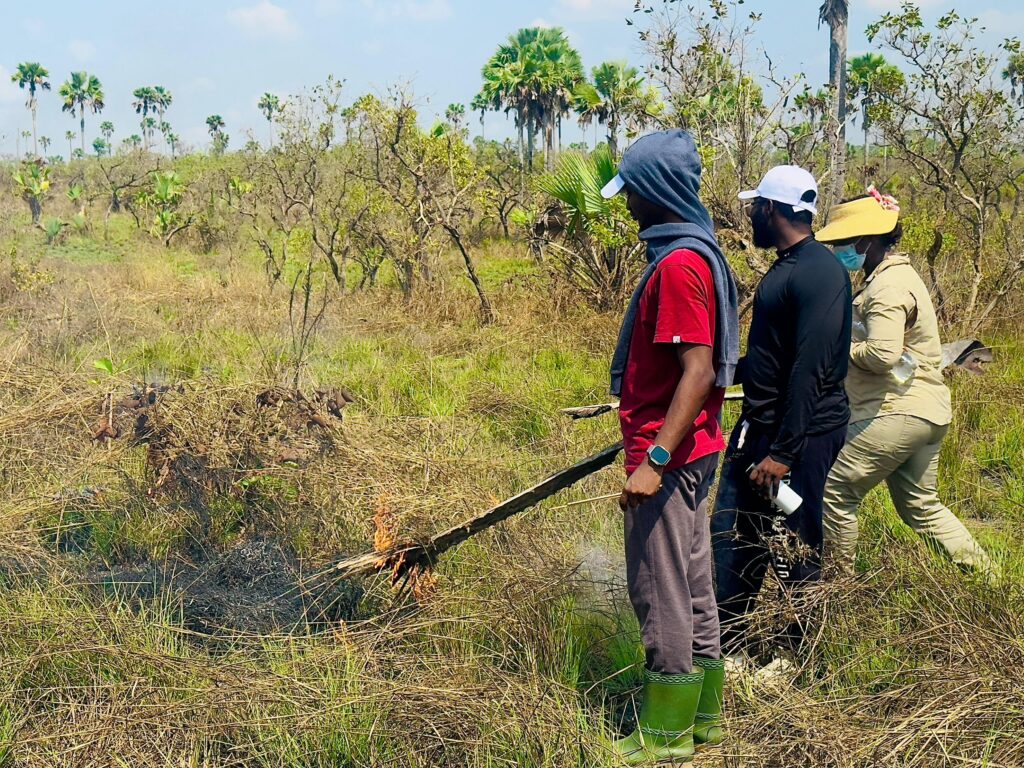
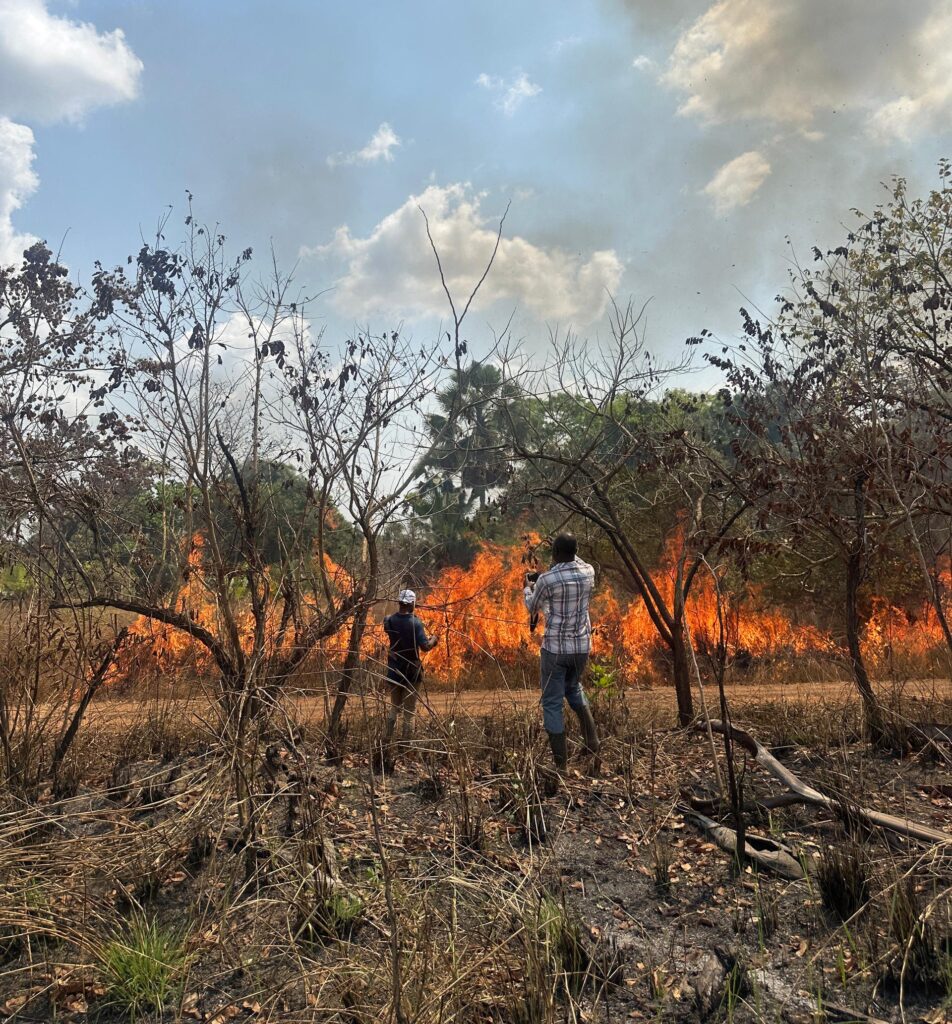
Ecological Fire: A Controversial Tool in Savanna Management
The ecological fire, also called controlled or prescribed fire, has been a traditional tool for managing wet savannas for thousands of years (Scasta et al., 2023). Today its use, particularly how and when it is applied has become a source of controversy among experts. In fact, when fire sweeps through a savanna, it removes the plant cover, exposing the soil to erosion and the emitted smoke contributes to global warming and human health problems. Some plants species are fire-adapted, while others, less fire-tolerant, gradually undergo extirpation when exposed to repeated high-intensity fires. If fire can cause such damage, why do we still call it a management tool? Is there a way to harness its benefits while minimizing its risks?
The impacts of the ecological fire depend on several interconnected factors, including the intent, vegetation type, season, frequency of burning, intensity, and timing (N’Dri et al., 2021). Poor fire management can transform what was once an ally into a veritable ecological danger. A reasoned management of fire merges both ecological knowledge and local practices, defining rules and ensuring fire remains a beneficial tool rather than a threat.
Ecological Fire: A Key to Humid Savanna Conservation at Lamto
Within the Lamto Scientific Reserve, a few dozen hectares of savanna have been fire-protected since 1961, with only one accidental burn in 1966. Gnaoré et al. (2018) analyzed the dynamics and structure of vegetation in these savannas after 53 years of fire exclusion. Among the inventoried species, 11 were valuable for timber, 10 of which were forest-specific. The absence of fire has led to a shift toward a more forest-like structure in the fire-protected parts of the Reserve, highlighting the crucial role of regular fire in savanna management.
In contrast to wildfires, ecological fires are planned to occur in specific seasons and under controlled conditions to minimize risks and optimize environmental benefits. In the Lamto savannas, controlled burns are conducted during the mid-dry season, when the grasses are dry enough to burn but the soil is still moist enough to avoid severe heat damage. This timing avoids peak dry-season circumstances that could result in uncontrollable wildfires and is consistent with previous fire regimes driven by traditional land-use practices.
At Lamto fires are lit upwind to create low-intensity, slow-moving fronts that mimic natural burns. While fires release CO₂, Lamto’s regular low-intensity burns help lower long-term emissions. A study from 2021 showed that controlled burns in Ivorian savannas kept 30% more carbon in the soil over ten years compared to places where burns did not happen (Santos et al., 2021). Fire also preserves habitat for pollinators and light-dependent plants, including the savanna-specific butterfly Eurema hecabe (Devineau et al.,1984). Furthermore, controlled burns swiftly convert dead biomass into ash, enriching soils with minerals like phosphate and potassium (Saha et al., 2020).
Conclusion
Our excursion to the Lamto Scientific Reserve highlighted the crucial role of ecological fire in maintaining humid savanna ecosystems. Without periodic burning, these landscapes transition into forests, significantly altering biodiversity and ecosystem functions. However, the impact of fire on flora, fauna, and habitat is complex, and its unregulated use can lead to ecological disasters. Importantly, the challenge lies in identifying the optimal moment between early and late dry-season fires or alternating them depending on the real-time conditions on the ground.
To fully harness the potential of fire as an ally for biodiversity conservation and sustainable ecosystem management, we recommend the promotion of a robust science-policy-practice interface that fosters:
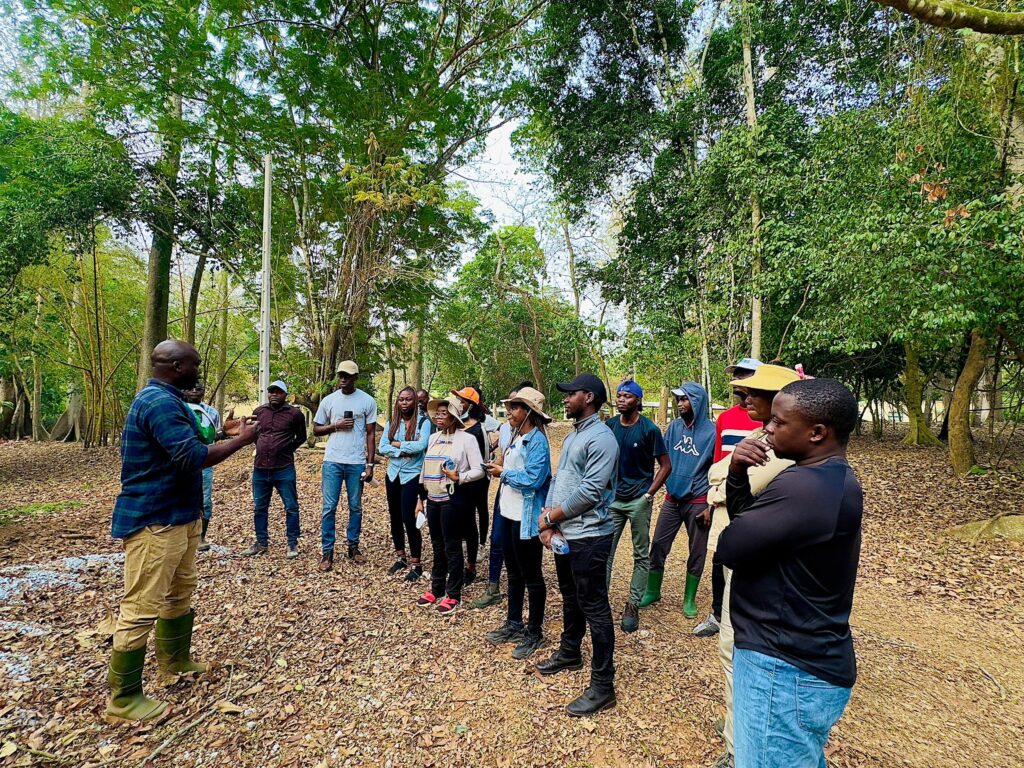
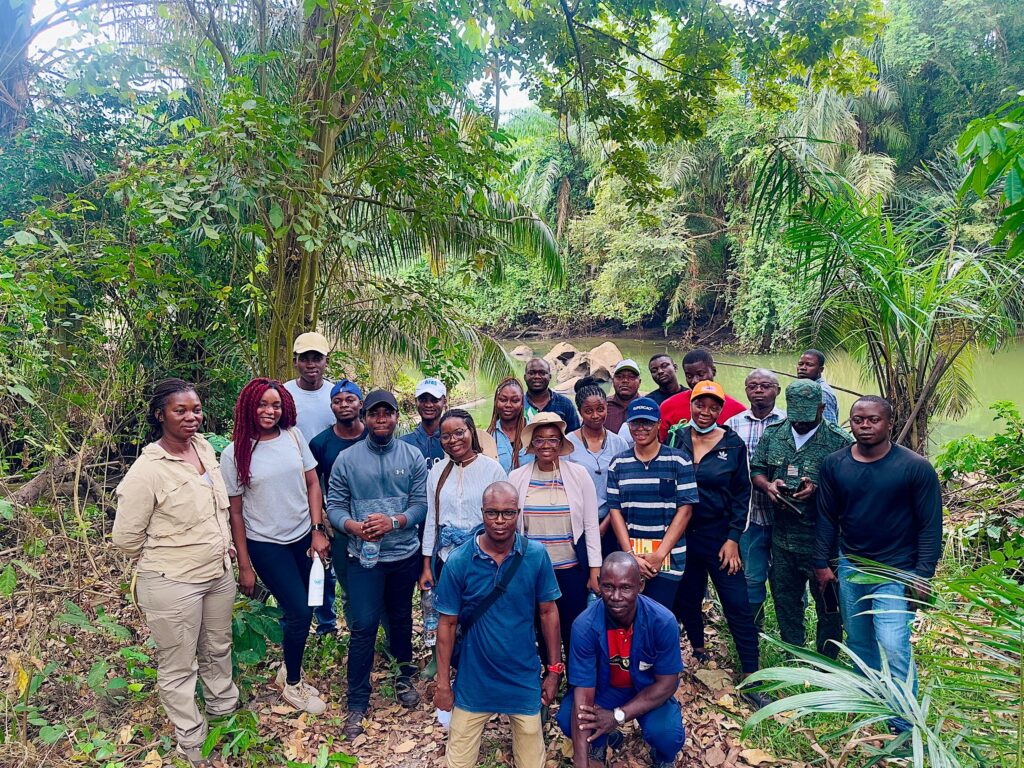
References
Information about the authors:
All authors from this blog are students from the 2nd and current master cohort based at the Université Félix Houphouët-Boigny in Côte d’Ivoire.
Contact email: a.jonathanbachiseze.m[a]gmail.com